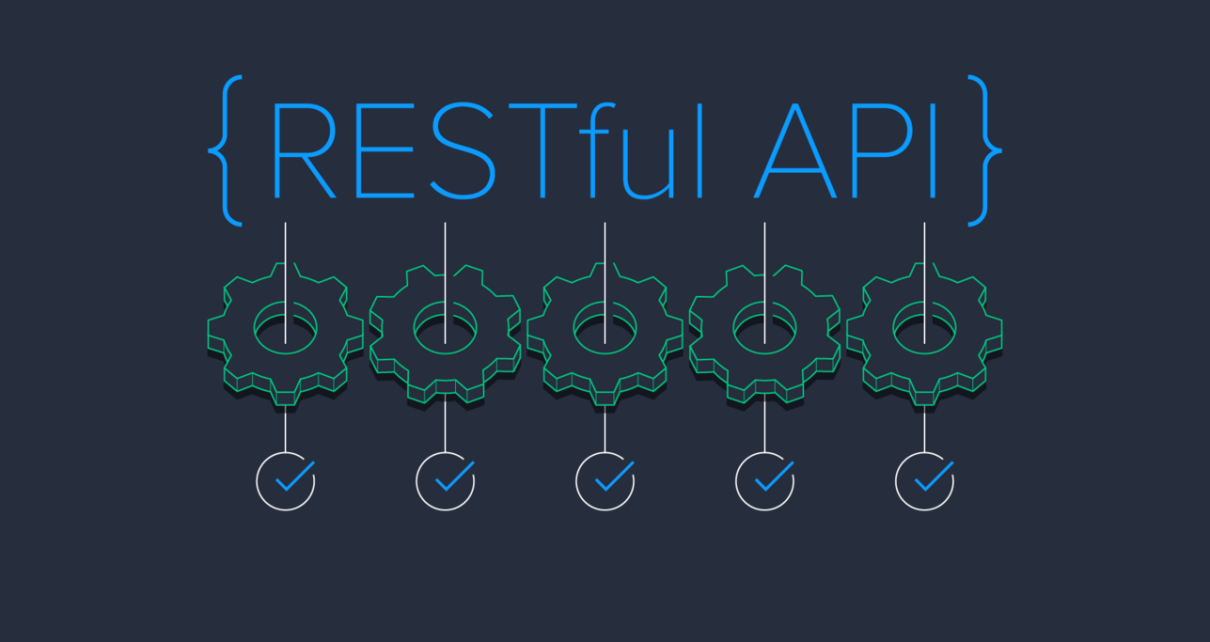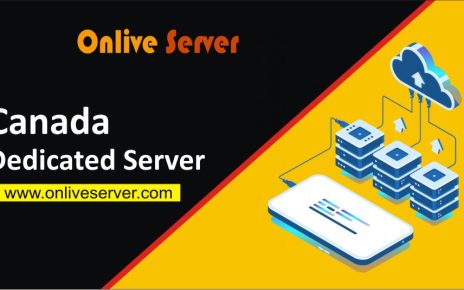In the ever-evolving landscape of web development, Full Stack Web Development has emerged as a highly sought-after skillset. A Full Stack Web Developer is someone who possesses the ability to work on both the frontend and backend of web applications. One essential aspect of this role is understanding and effectively utilizing RESTful APIs (Representational State Transfer Application Programming Interfaces) to create and consume data.
This article explores the fundamentals of RESTful APIs and their significance in Full Stack Web Development. We will delve into the process of creating and consuming RESTful APIs and their role in enhancing the functionality and interactivity of web applications. Moreover, we will discuss the importance of enrolling in a Full Stack Web Development course, focusing on the advantages of such courses in a city like Nagpur.
Understanding RESTful APIs
RESTful APIs are a set of architectural constraints that are designed to create a standard way of building web services. They are based on the principles of REST, which stands for Representational State Transfer. REST is not a technology but rather a set of architectural principles and constraints that are widely used in web development.
The key principles of RESTful APIs include:
- Stateless Communication: Each request from a client to a server must contain all the information needed to understand and process the request. The server should not rely on any previous requests or shared state.
- Client-Server Architecture: Separation of concerns is a fundamental concept in REST. The client and server should be independent of each other, allowing for more flexibility and scalability.
- Uniform Interface: RESTful APIs have a consistent and uniform interface, making it easier for developers to understand and use them. This typically includes the use of HTTP methods like GET, POST, PUT, and DELETE.
- Resource-Based: Resources are the central concept in RESTful APIs. Resources are identified by URIs (Uniform Resource Identifiers) and can represent data objects or services.
Creating RESTful APIs
To create RESTful APIs, Full Stack Developers use server-side technologies like Node.js, Python with Flask or Django, Ruby on Rails, or Java with Spring, among others. These frameworks provide tools and libraries to build APIs that adhere to REST principles.
Here are the key steps in creating a RESTful API:
- Designing the API: Start by defining the resources and their endpoints. Determine the HTTP methods that will be used for each resource (e.g., GET for retrieving data, POST for creating data, PUT for updating data, DELETE for removing data).
- Implementing the Endpoints: Write the server-side code to implement the API endpoints. This includes handling requests, performing data operations, and sending responses.
- Data Storage: Choose a database system to store and retrieve data. Common choices include SQL databases (e.g., MySQL, PostgreSQL) and NoSQL databases (e.g., MongoDB).
- Authentication and Authorization: Implement security measures such as authentication and authorization to protect your API from unauthorized access.
- Testing and Documentation: Thoroughly test the API to ensure it functions as expected. Create documentation for the API to help other developers understand how to use it.
Consuming RESTful APIs
Consuming RESTful APIs is a crucial skill for Full Stack Developers as it allows them to integrate external services and data into their applications. Here’s how to consume RESTful APIs:
- Identify the API: Find the RESTful API you want to use. Typically, API providers offer documentation that explains how to make requests and what data is available.
- HTTP Requests: Use HTTP methods (GET, POST, PUT, DELETE) to interact with the API. For example, use GET to retrieve data, POST to create data, PUT to update data, and DELETE to remove data.
- Request Parameters: Include any required parameters or headers in your requests. These parameters are often specified in the API documentation.
- Handle Responses: Parse the JSON or XML responses returned by the API. Extract the relevant data to display in your application.
- Error Handling: Implement error handling to deal with unexpected responses or connection issues gracefully.
The Role of Full Stack Web Development Courses
In a city like Nagpur, Mumbai, Indore, Lucknow, Meerut, Noida or other cities in India, where the tech industry is growing rapidly, Full Stack Web Development courses offer aspiring developers a gateway to a promising career. These courses provide a structured curriculum that covers both frontend and backend development, making graduates versatile and well-equipped to work on a wide range of projects.
Here are some reasons why enrolling in a Full Stack Web Development can be highly beneficial:
- Comprehensive Skillset: Full Stack courses cover a broad spectrum of technologies and tools, ensuring that students become proficient in frontend technologies like HTML, CSS, JavaScript, as well as backend technologies such as Node.js, Python, or Ruby on Rails.
- Hands-On Experience: These courses often include practical projects and assignments, allowing students to apply their knowledge to real-world scenarios and build a portfolio of work.
- Industry-Relevant Curriculum: Full Stack courses are designed in consultation with industry experts, ensuring that students learn the latest technologies and best practices that are in demand in the job market.
- Job Opportunities: India has a growing demand for Full Stack Developers, and completing a Full Stack Web Development course enhances job prospects in both local and remote job markets.
- Networking Opportunities: Students in these courses have the chance to connect with peers, instructors, and industry professionals, which can be invaluable for career growth.
Conclusion
RESTful APIs are the backbone of modern web applications, enabling data exchange and communication between different parts of a system. Full Stack Developers must have a strong understanding of how to create and consume RESTful APIs to build dynamic and interactive web applications.
Enrolling in a Full Stack Web Development course in Nagpur, Mumbai, Indore, Lucknow, Meerut, Noida or other cities in India is a strategic step for anyone aspiring to become a skilled web developer. These courses provide a structured path to learning, hands-on experience, and access to a community of professionals. As the tech industry continues to grow, the demand for Full Stack Developers with expertise in RESTful APIs will remain high, making it a rewarding and promising career path.




